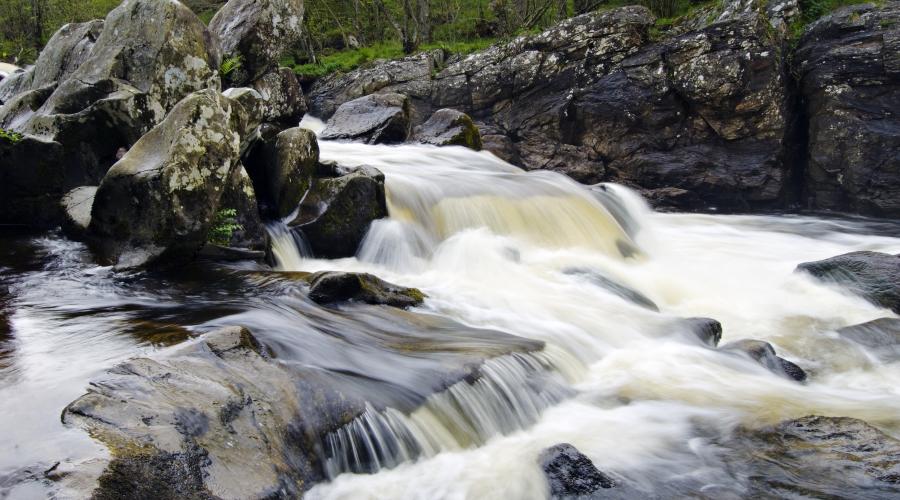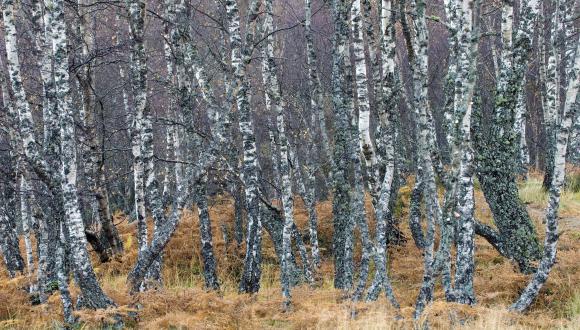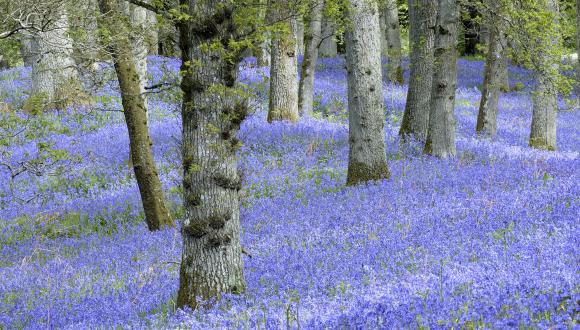
Lochs, rivers and wetlands
High rainfall and a rugged, glaciated landscape make Scotland rich in freshwater and wetland habitats.
Our lochs, rivers and wetlands support many important habitats and species, and our wetland vegetation also helps to maintain water quality. Clean water is a vital resource not just for people, but also for our plants and animals.
Scotland has more than 30,000 freshwater lochs, ranging from small lochans to the likes of Loch Ness and Loch Lomond. Conditions vary from soft, relatively acidic waters with low levels of nutrients, to hard, more alkaline waters with higher nutrient concentrations.
‘Running waters’ describes any surface water that flows, from torrential mountain burns to meandering lowland rivers. Scotland’s huge resource of running waters supports an abundance of aquatic and riverside habitats and species.
Fens, marshes, swamps, reed beds, flushes, springs and lowland raised bogs are all elements of Scotland’s wetlands. These special areas support birds, insects and plants, give us clean water, help to moderate floods and maintain river flows, and store vast amounts of carbon.
Natural and man-made ponds, though small, can support a wealth of wildlife. Many ponds were lost or degraded in the 20th century. But Scotland’s total number of ponds rose by 6% from 1998 to 2007.






